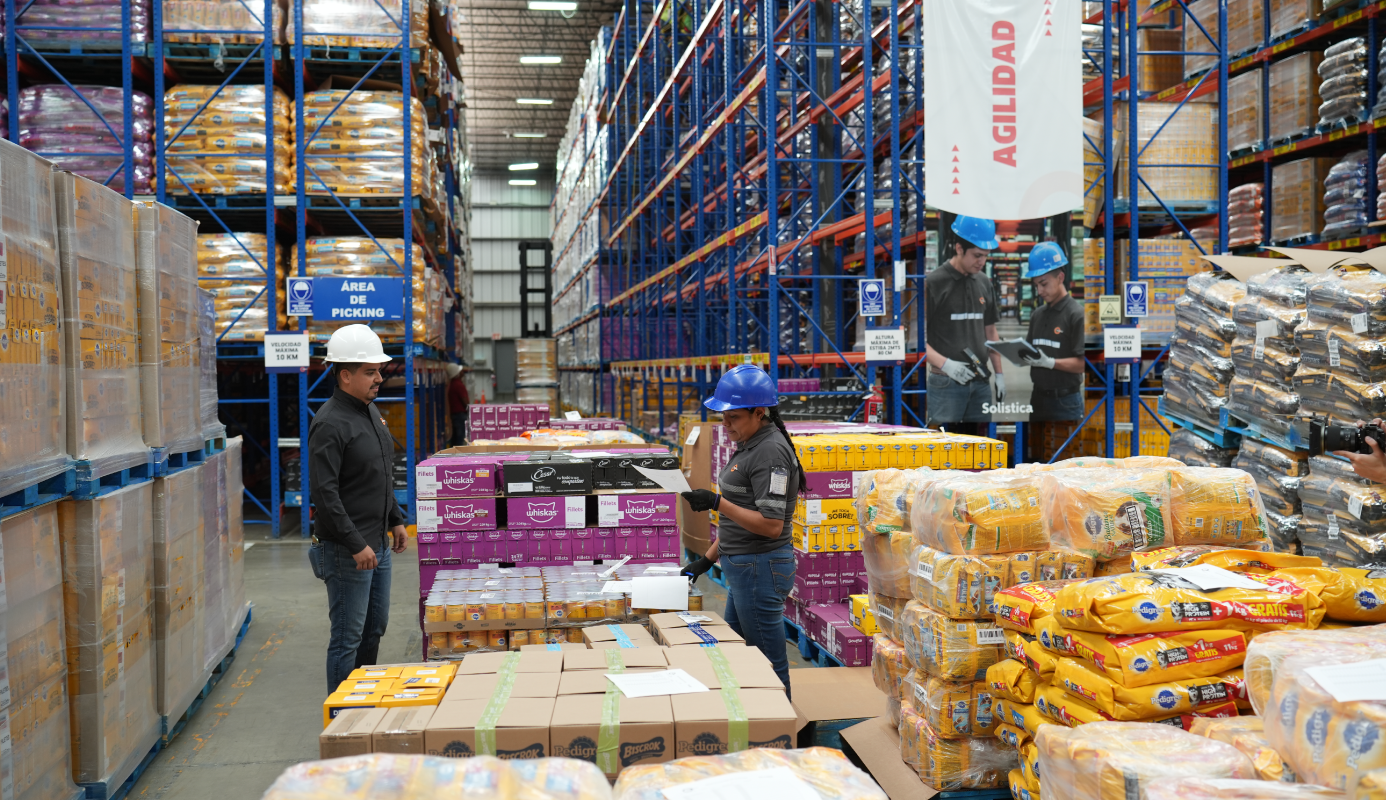Inventory management is one of the key elements for success of companies. In fact, multibillion companies consider this task a priority because having the optimal volume of stock (enough, but not in excess) helps optimize costs and maximize production and sales while avoiding loss due to overstock or lack of key items.
Therefore, reducing waste is among the goals of analyzing our inventory. And we talk about reducing waste in terms of goods but also in terms of cash, improving warehouse management, and minimizing stock.
Furthermore, if business owners accurately know how much stock has been sold and the final profit, for example, they can manage their budget and cash flow better. A detailed analysis of the inventory also allows us to control stock according to the demand.
To achieve this, both the management processes and the technology and tools we use to automate them are equally important.
Inventory Management Technology
The following are some of the inventory management tools that are useful: restock alert software, which lets you know when an item’s stock has reached certain level and needs to be restocked; inventory reporting software, which helps you create reports that include everything the logistics, sales, purchasing, and loss departments need, among others; dashboards, which are management software that display graphs and categorize information in the most convenient manner.
Likewise, we can gather data using barcodes. Barcode Data Collection is one of the most accurate tools and increases the efficiency and accuracy of management by including scanners to read the products’ barcodes.
What should we measure?
The KPIs we need to control our inventories better
If we ask ourselves which among all the available are the key KPIs for this analysis, the following rank among the most relevant if we aim to understand the overall performance:
1. Inventory Volume
It tells us how many times we sold and restocked a product during a certain period; it also helps us assess said product’s performance. We use the following formula to calculate the turnover ratio:Total Cost of Sold Goods / ((Initial Inventory + Final Inventory)/2)
2. Inventory Cancellation
This refers to those goods that are completely taken out of the inventory. It helps us know which items are profitable and which are generating excessive retention costs. Inventory cancellation relates to the cash value of the retired item.
3. Price Reduction Calculation
Estimates the stock as accurately as possible because it is the difference between the real and the estimated stock (initial stock + incoming goods - sales). The result is related to the business volume times 100 to get a price reduction index, representing losses.
4. Retention Costs
It lets us analyze the costs of maintaining stock; in other words, how much it costs to store and manage goods. It includes the cost of the necessary space, labor, and equipment. We add all the different costs to get this KPI, and the result helps us assess options for maximizing or minimizing the space for the stock.
5. Stock Retention Index
We calculate this by dividing the warehousing cost between the average value of the stock during a certain period. It yields a percentage of how much certain inventory value costs our company.
6. Average Inventory It shows the average cost of products in our stock for a certain period and helps us see the usual number of items we have in our warehouse and the speed in which we sell them. Being aware of the variations in this indicator, allows us to foresee any issues arising in sales and purchasing. We can calculate it using this formula:
(Initial Inventory + Final Inventory) / Number of months in the accounting period
7. Warehouse Occupation Index
This KPI helps us evaluate the remaining space so we can incorporate new items to our stock. We can use this formula to calculate it:
(Average quantity stored / warehouse capacity in quantity) x 100.
8. Average Number of Days it Takes us to Sell the InventoryThis is the amount of time it takes for us to manufacture or buy goods so we can sell them to customers. We can use this formula to calculate it:
(Inventory / Cost of Sales) x 365 days
9. Average Cost of Operations
We can calculate this cost by dividing the average cost of warehouse operations between the number of operations. It allows us to see the cost of every step involved in receiving and dispatching goods, picking, and so forth.
By analyzing their inventories, companies can manage their stocks better while overseeing their profitability.
Lastly, we should keep in mind that companies greatly depend on a proper management of inventory to become a reliable source of goods for customers.
*This blog was originally published on October 6 2021 and modified on July 4 2022.







